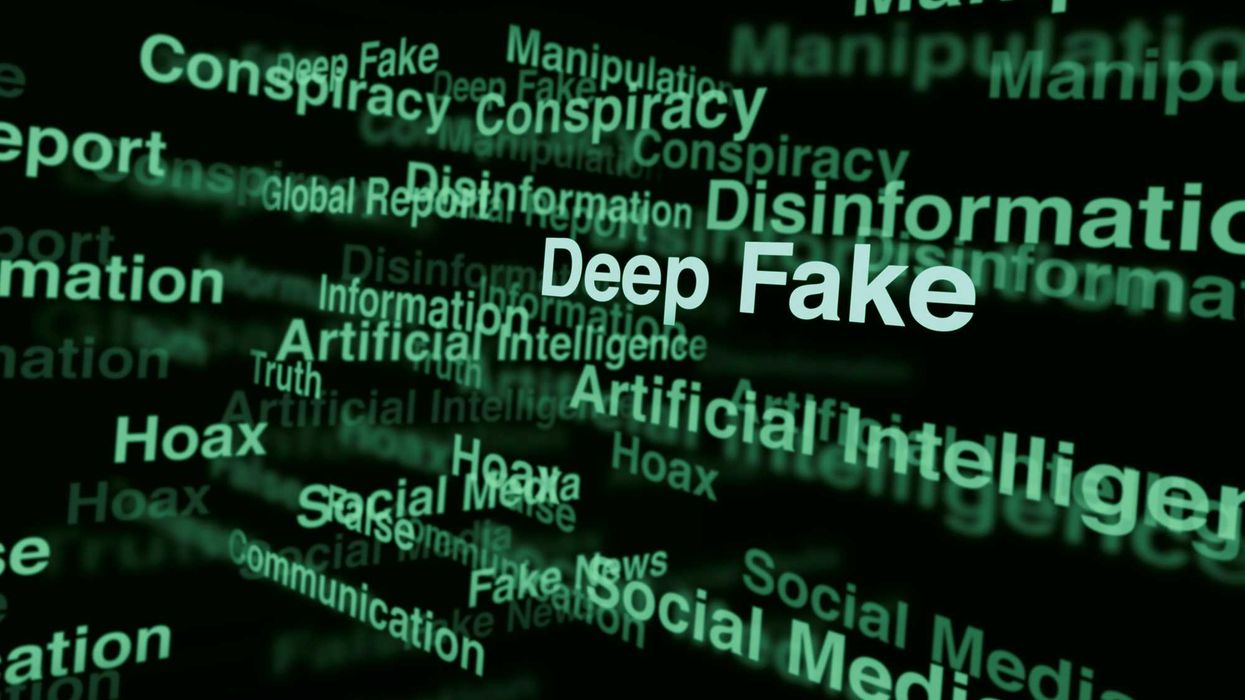A majority of the House has now signed on to legislation that would restore the heart of the Voting Rights Act, the requirement that states and counties with a history of voter discrimination get federal permission before making any changes to their election rules or political maps.
Eleven more members agreed to co-sponsor the bill on Tuesday, bringing the roster of committed lawmakers to the magic number of 218. All of them are Democrats. The leadership has not yet signaled when the House will take up the bill.
Five years ago the Supreme Court effectively struck down the preclearance system, ruling it was unconstitutionally based on an outdated set of criteria. The House measure would institute a new set of rules for the Justice Department to use in determining which states need federal preclearance of election changes. Facing South, a media platform for the Institute of Southern Studies, summarizes the calculation used to determine which states would fall under the rules: those with 15 or more voting rights violations during the past 25 years, and those with 10 or more violations if at least one was committed by the state itself. Under that formula Alabama, California, Florida, Georgia, Louisiana, Mississippi, New York, North Carolina, South Carolina, Texas and Virginia would be subject to preclearance.































